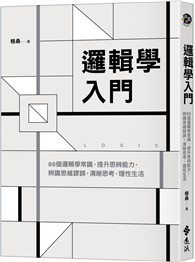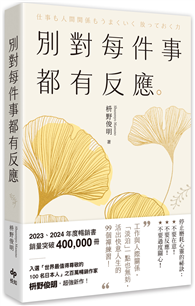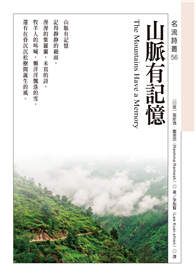This study included five antigens, each examined with three immunoglobulins (total IgG, IgG1, and IgG4) using chequerboard titration ELISA to determine the optimal antigen concentration and serum dilutions for preparing diagnostic kits. The indirect ELISA method was then used to evaluate the diagnostic performance values (DPV) (sensitivity, specificity, diagnostic efficiency, positive predictive value, and negative predictive value) based on the cutoff value of each antigen with total IgG and its subclasses (IgG1 and IgG4). Antigen B (AgB) was purified from hydatid fluid and electrophoretically treated to isolate its bands (8 kDa, 16 kDa, and 24 kDa AgB), which were used as antigens, in addition to an antigen purified from protoscoleces. Among the 15 prepared kits, those containing the 8 kDa subunit of AgB and IgG4 showed the best performance. Results from the ROC curve indicated that the 8 kDa subunit had the highest diagnostic accuracy when tested with IgG4 and IgG1. Additionally, this study included the immunization of rabbits with AgB, and the results indicated that AgB can modulate the immune response toward a Th2 bias.
| FindBook |
|
有 1 項符合
waleed mustafa的圖書 |
 |
$ 3685 | Hydatidosis Diagnosis With Novel ELISA Kits
作者:Waleed Mustafa 出版社:LAP Lambert Academic Publishing 出版日期:2024-08-12 語言:英文 規格:平裝 / 112頁 / 22.86 x 15.24 x 0.69 cm / 普通級/ 初版  看圖書介紹 看圖書介紹
|
|
|
圖書介紹 - 資料來源:博客來 評分:
圖書名稱:Hydatidosis Diagnosis With Novel ELISA Kits
|










